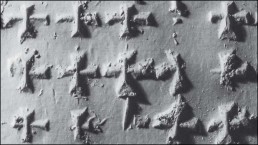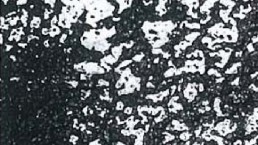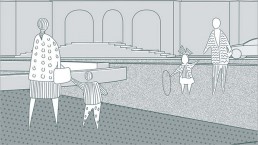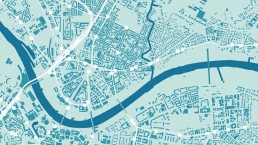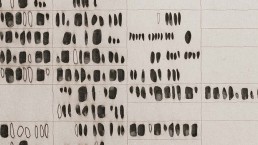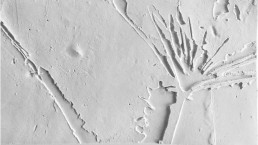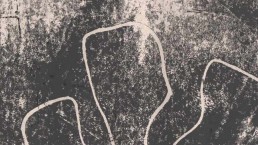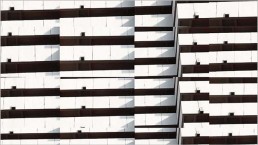UNKNOWN SPACES 1.4
BA REQUIRED ELECTIVE MODULE
SS 13
For Kevin Lynch, “the image of the environment” is formed by a selective process. Thereby, “the environment suggests distinctions and relations, and the observer – with great adaptability (…) – selects, organizes, and endows with meaning what he sees.”1.The process described by Lynch stays unconscious and individual. In contrast, Klee demands a conscious involvement with perception: “Art doesn’t display the visible, but renders visible.” (free translation)2.
Thus the module links two learning approaches:
- Based on selected examples different methods of representation shall be analysed and practiced. Each of them offers different approaches to examine a particular object of study and thereby sharpen one’s own perception. Additional brief excursuses to the respective artists and their oeuvres are scheduled.
- The acquired techniques are connected to particularly selected point of views. They shall be used to examine and represent different places in Hannover. Idiosyncrasies of the respective places are thereby learned from a new perspective.
In the course of the semester, analogue and digital work techniques and their connection will be trained.
1Lynch, Kevin (1960): The Image of the City. The M.I.T. Press; Cambridge, Massachusetts, and London, England
2Klee, Paul (1920): Schöpferische Konfessionen, in Paul Klee: Kunst-Lehre, Leipzig 1987, S.60
| Author/s | Timur Balzer, Anna-Lena Heller, Milan von Moeller, Zhiyuan Peng, Lina Reulecke, Jonathan Stimpfle, Christian Tautz |
| Phase | Task |
| Location | Hanover |
| Categories | Modul |
